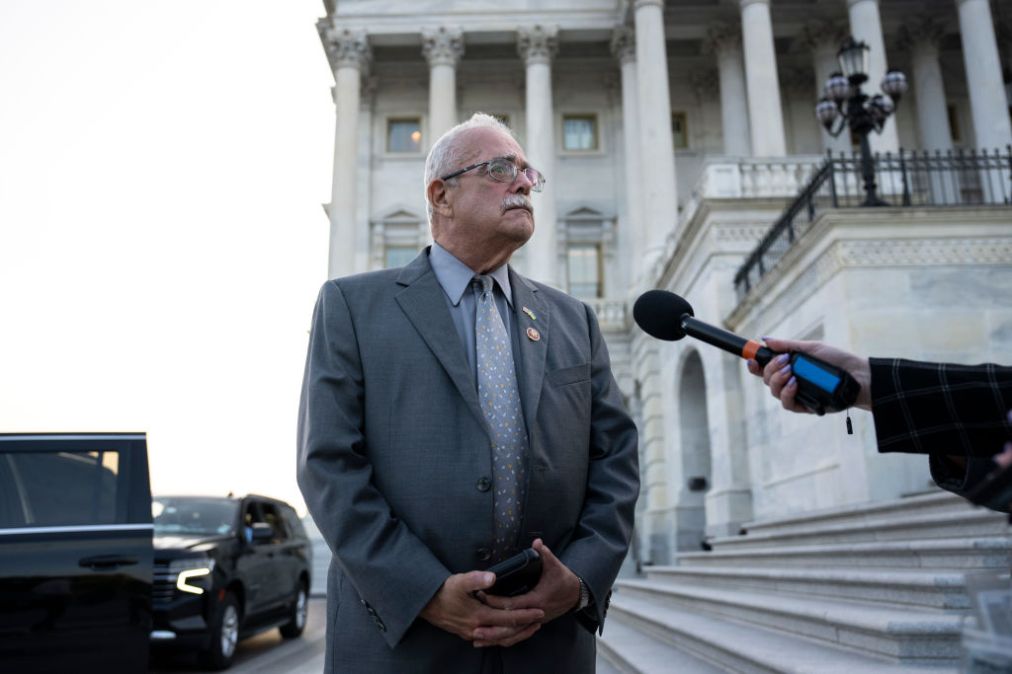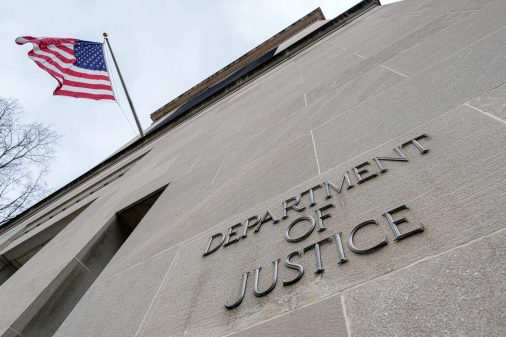FITARA scorecard sees sweeping improvements, as agencies look ahead to FedRAMP, AI hiring

A dozen federal agencies received an A in the most recent Federal Information Technology Acquisition Reform Act scorecard, with 18 agencies improving their grades since January.
In a Friday roundtable hosted by Rep. Gerry Connolly, D-Va., ranking member of the House Oversight and Accountability Subcommittee on Cybersecurity, Information Technology, and Government Innovation, officials from USAID, NASA, the Department of Veterans Affairs, the Department of Energy and the Government Accountability Office shared the overwhelmingly positive FITARA grades for most of the 24 CFO Act agencies.
“I was impressed, if not surprised, at how many As there were. I want to celebrate that success, but I’m on my guard,” Connolly said in an interview with FedScoop after the roundtable. “I don’t want complacency to set in.”
The next round of scores on how agencies are faring on a variety of IT-related fronts could include new categories that may prompt agencies to falter in their scores, Connolly said. That might include categories such as FedRAMP, legacy system management, cybersecurity and artificial intelligence workforce.
“Those are all likely candidates for the next or future scorecards,” Connolly said.
Report cards
During the roundtable event, agencies touted their IT infrastructure and credited FITARA for being a driving force in more serious consideration of technology. Some agencies also called out the need for working capital funds or funding vehicles, such as the Technology Modernization Fund.
Jason Gray, USAID’s chief information officer, said the agency’s A — its sixth in a row — demonstrates “our commitment to institutionalizing the standards set out in FITARA” as well as the value of how agencies manage and consider IT.
Gray said the agency’s cloud data center is “fully optimized” and now has improved mechanisms to help collect and project cost savings, pointing to the “value of the impact FITARA has brought” to critical technology, modernization and security within USAID.
NASA CIO Jeff Seaton, however, emphasized the agency’s significant move to modernize within the cloud, noting that the space administration has “more than 113 petabytes of data on the cloud, with significant growth expected in the future.”
“We recognize that cloud computing storage is not the answer for every mission requirement,” Seaton said. “However, we are seeing more NASA missions and projects wanting to transition to commercial cloud data services and applications agencywide. NASA civil servants are also using cloud-based Microsoft submissions for email, file storage, review data analytics and other collaborative capabilities.”
DOE CIO Ann Dunkin shared that the agency continues to work toward establishing IT working capital funds that are authorized by the Modernizing Government Technology Act, but the agency continues to use financial assistance from the Technology Modernization Fund.
VA CIO Kurt DelBene pointed to a franchise fund that “serves as the same function as the modernization fund.”
Connolly told FedScoop that he disagreed with DelBene’s assertion and said that “it can be used for other purposes.”
“That’s not what the law provides for,” he said. “You get a franchise fund if you want, but that’s not necessarily a substitute for a working capital fund for IT.”
What could be next
The Virginia Democrat told FedScoop that he is “pleased across the board” for progress made by the relevant agencies, but maintains that “the next scorecard may be very different” due to measuring different parts of IT modernization.
In the past, Connolly shared that lawmakers have retired categories because of consistent and positive performance, “only to see regression” from agencies that might be letting modernization efforts slow down since they are no longer being measured on that particular performance.
“That’s not what we’re trying to do here,” he said.
Connolly emphasized concern for FedRAMP and its ability to streamline the cloud authorization process, especially as the program moved away from using the Joint Authorization Board (JAB) for approving cloud service providers.
“I want a clean, level playing field that gives everyone an opportunity and they know it’s predictable and reliable, and they know roughly what to budget,” Connolly said. “That’s what FedRAMP originally was intended to be. So let’s go back to what it was intended to be.”
Connolly pointed to the scorecard’s inclusion of AI workforce training, development, recruitment and retention as “a good place to start on AI.” This category, according to the congressman, would focus on whether agencies have hired qualified people to work in AI positions and how they attract talent.
“We may not be able to tackle the whole subject of AI in one fell swoop,” he said. “But it is a fair thing to ask agencies, ‘Well, how are you ramping up?’”
This story was updated Sept. 23, 2024, with a link to the FITARA scorecard.






